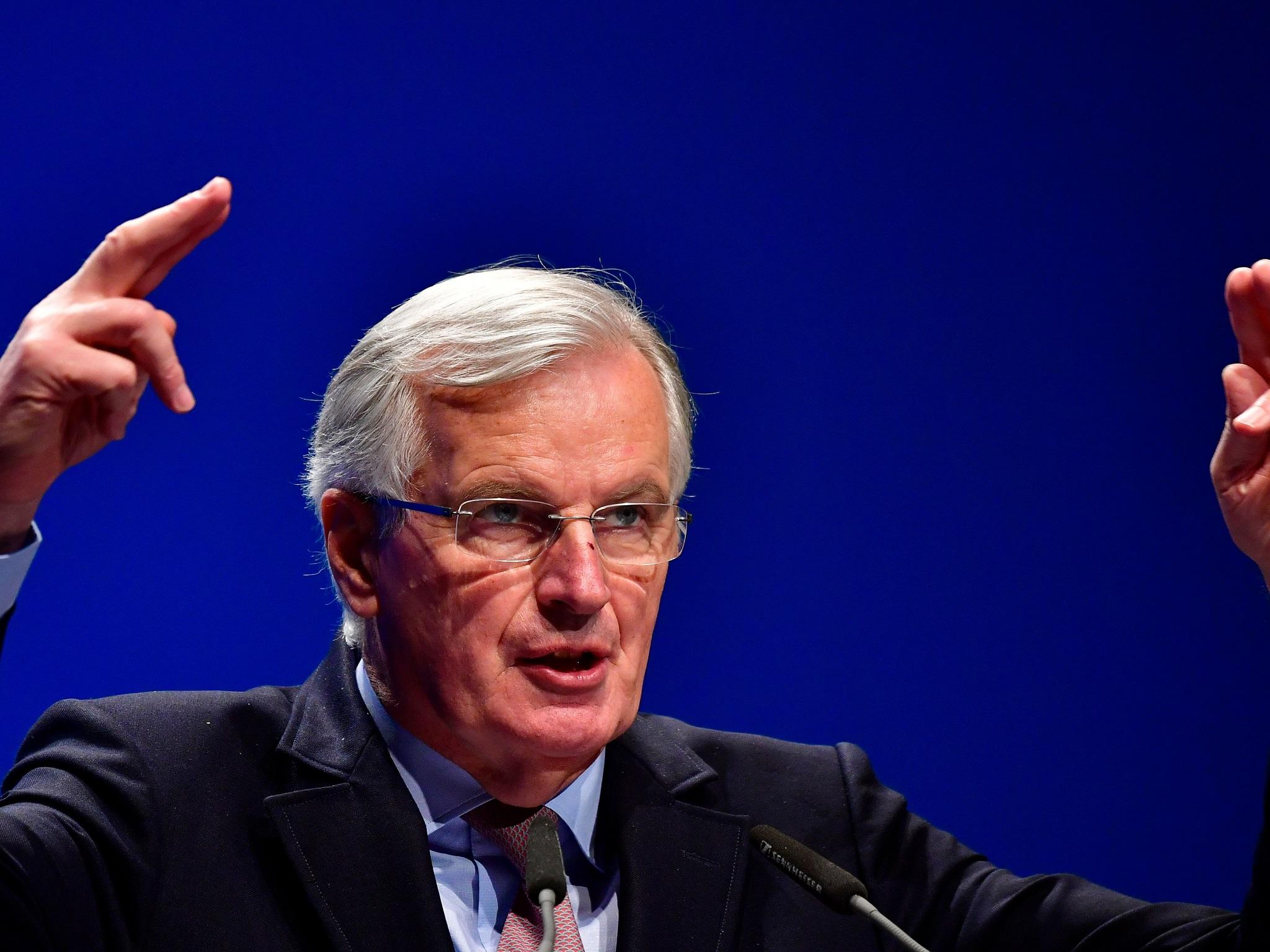Brexit: How big is the €55bn divorce bill really? And is it a good deal for the UK?
What is this basis for the payment? How much money is it in the scheme of things? And how painful will it be for Britain?

Credible reports suggest the UK has agreed in principle to a Brexit divorce bill with the rest of the EU that could see Britain paying between €45bn and €55bn.
This is vitally important as it could unlock talks between the UK and the rest of the bloc on future arrangements on trade to kick in after Brexit formally occurs in March 2019.
But what is the basis for this payment?
How much money is it for the UK in the scheme of things?
And how painful will it be for Britain?
What is this payment for?
It’s essentially Britain’s share of the EU’s existing budget spending commitments and the bloc’s various financial liabilities built up over the decades.
The EU negotiating side, led by Michel Barnier, calculates that by the Brexit date in March 2019 the bloc’s collective spending commitments (such as payments to raise the economic development level of poorer states) will be €580bn.
It also reckons that the EU will have around €85bn in long-term financial liabilities, such as pensions due to EU officials.
The EU negotiators estimate that the UK’s fair share of this collection of liabilities is around 13 per cent, as this is the UK’s proportional contribution to EU budgets in the past. This works out at around €85bn.
There are, however, multiple technical ways to value some of the financial liabilities of the EU. There is also the question over the fair division of the EU’s financial and physical assets, which could be used to offset the gross bill. This is what the UK and the EU have been negotiating over in recent months.
But the reports of a deal over the methodology by which the final bill will be calculated suggests a breakthrough.
So how much is €55bn in the scheme of things?
At the current exchange rate of £1 to €1.13 it equates to around £50bn.
The size of the UK economy is around £2,000bn today, so this bill represents around 2.5 per cent of our GDP. That’s also roughly equivalent to the UK’s annual budget deficit in the current financial year.
It’s about the size of our annual defence budget, or around £10bn more than the £40bn the UK currently spends on debt interest each year.
But bear in mind that our net contribution to the EU (excluding the money that is spent here by the EU) is currently around £10bn a year already, so this effectively amounts to around five more years of normal annual EU payments.
Moreover, nobody expects the UK to pay the entire sum out on one lump sum. It may even be possible to spread some of the payments – such as the pension contributions for EU officials – over many decades which will make it far easier to bear for the UK Exchequer.
Is it worth it?
Economists estimate the cost of a "no deal" Brexit – in which Britain is forced to trade with the rest of the EU on the most basic World Trade Organisation terms – in terms of lost economic output at between 2.6 per cent (£50bn) and 6 per cent (£120bn) of GDP by 2020.
That's compared with a loss of between 1.3 per cent (£26bn) and 3.6 per cent (£72bn) of GDP if the UK secures a free trade deal.
By 2030 they put the cost of no deal as high as 9.5 per cent (£190bn) of GDP, versus 6.3 per cent (£126bn) of GDP with a free trade deal.
The EU has made it clear that it will not move on to talks about any post-Brexit trade arrangements (or even the two to three year transition period after 2019 that Britain desperately wants) until “sufficient progress” has been made on an agreement over the divorce bill.
If this reported £50bn agreement means the UK is able to avoid a disastrous cliff-edge Brexit in March 2019 it will almost certainly prove to be money well spent as far as the British economy is concerned.
Indeed, the implication of these economic forecasts is that securing a Brexit transition deal will probably save more in UK GDP output over a couple of years after Brexit than the entire fiscal cost of this divorce bill.
As Jagjit Chadha, the director of the National Institute of Economic and Social Research, told the Treasury Select Committee on Wednesday: “Leaving the EU is a one-off event. So it’s not something we have to think about as a structural problem for the UK. If these negotiations are prolonged and affect confidence, the impact on the economy is much larger than a one-off [divorce] bill of [around] 2 per cent of GDP.”
Subscribe to Independent Premium to bookmark this article
Want to bookmark your favourite articles and stories to read or reference later? Start your Independent Premium subscription today.

Join our commenting forum
Join thought-provoking conversations, follow other Independent readers and see their replies